Wouldn’t you love to work from home, choose your own hours, and earn passive income while you sleep?
Then you wake up and start every morning like this:
If you learn how to launch an affiliate email marketing campaign successfully, then those sleepy time dreams can quickly become a reality. And in this article, we’re going to teach you exactly how to make it happen.
More specifically we’ll cover:
- What is an affiliate email marketing campaign?
- Why you should use email for affiliate marketing
- How to launch an affiliate marketing email campaign in 4 easy steps
Let’s get started!
What Is an Affiliate Email Marketing Campaign?
An affiliate marketing email campaign is a small twist to your classic email strategy. In short, you take your current automated email sequence and add a few new emails to promote your affiliate links.
Traditionally, people find and click your affiliate links from content on your website, like a blog post. Here’s an example from WPBeginner:
WPBeginner makes it no secret that they work only with affiliates they know and trust. Then, they can add their affiliate links directly into their blog posts.
But with an affiliate marketing email campaign, your affiliate links are landing directly in your readers’ inbox.
For example, here is an excerpt from an email that contains an affiliate link:
The author is likely promoting two affiliates here: Ulysses (the writing app) and Mindful (the Chrome extension). When a reader clicks either link and makes a purchase, the author of the email will get a small commission on the sale.
Since this author is likely sending these emails to thousands of readers, the commissions begin to add up.
But take special note of what we said in the definition of an affiliate marketing email campaign: it’s a small twist to your email strategy.
In other words, everything about your current email sequence remains the same. You still need to build trust, add value to your readers’ lives, and provide excellent content.
But we’ll dive more into that later.
For now, it’s important to know that if you’ve been growing your email list, and you have affiliate partnerships (or you’d like some), you’re sitting on a potential gold mine.
And before we get into how to launch your affiliate email marketing campaign, let’s look at why it’s such a powerful tool for creating passive income.
Why You Should Use Email for Affiliate Marketing
Email lists allow you to drive the conversation and actively engage your audience. The only other channel that gives you a similar advantage is social media. But even that has some drawbacks.
When you rely on social media platforms, you’re powerless against algorithm changes, temporary shutdowns, or the possibility that the platform’s popularity will decline.
Can anyone say Myspace?
Email campaigns are immune to those types of problems.
Plus, the people on your email list aren’t cold leads. Every single person on your list saw your content and voluntarily handed over their email address. They may not all become lifelong customers, but they are a far cry from the cold traffic coming from your pay per click (PPC) ads.
And that’s what makes email campaigns the perfect tool for affiliate marketers.
You get to drive the conversation with people who are already interested in your niche, your content, and your business.
So if you have affiliate links, but you’re limiting their placement to blogs and YouTube descriptions, you’re missing out on some major earning potential.
But not anymore.
We’re going to teach you how to launch a successful affiliate email marketing campaign.
How to Launch an Affiliate Marketing Campaign in 4 Easy Steps
In a second, we’re going to get into the detailed steps for setting up your email campaigns for affiliate marketing. But first, you need to remember the number one rule for using affiliate links in your email sequence:
You’re not selling. You’re sharing.
So, what’s the difference?
You aren’t a sales representative for your affiliate links.
Instead, you’re a happy customer with the products you’re promoting. That makes talking about those products natural.
None of your emails should feel like a door-to-door sales message or a phone call that interrupts a family dinner. Those are super annoying.
Your emails should be more like having a casual conversation with a friend over coffee. You found something that improved your life in some way, and you want to let your friend in on the secret.
As we go through each step of launching an affiliate marketing campaign, you need to keep this friendly, conversational mentality in mind. Otherwise, you’ll ruin your relationship with your current customers and watch your hard-earned email list dwindle with unsubscribes.
So keep it light, keep it casual, and stay focused on sharing, not selling.
Now let’s dive in.
1. Make Sure Your Email Provider Allows Affiliate Links
You need to make sure that whatever email provider you use for your email campaigns lets you include affiliate links.
Many email service providers need to worry about their own deliverability rates, so they discourage affiliate marketing. Others flat out ban the practice.
If you’re not careful about your email service provider, you risk temporarily losing access to your account or, even worse, losing your entire mailing list.
That means back to square one.
You can avoid this by clarifying your email provider’s stance on affiliate marketing. Here is at least one service which has confirmed that they allow users to add affiliate links to their emails:
Drip is a powerful customer relationship manager (CRM) with some excellent email marketing capabilities. They even have a feature in place specifically for product recommendations:
They have also confirmed that they allow affiliate marketers to add affiliate links. However, they look at these emails more closely to ensure they’re not overly spammy:
What does that mean? So long as you are following this step-by-step guide and adding affiliate links the correct way, you won’t have any problems launching an affiliate email marketing campaign.
Again, there are plenty of other email service providers out there that allow you to use affiliate marketing responsibly.
You may already have one.
Just be sure to contact their support team to verify before launching an affiliate email marketing campaign.
2. Choose the Right Affiliate Links to Promote
Any affiliate links you choose to promote with your email list should have three qualities. They should be:
- Profitable
- Relevant to your niche
- Evergreen
Profitable
First, your affiliate links should be profitable. If your affiliate link has low or limited earning potential, you should ask yourself if you’ll see enough return on investment (ROI) to make the promotion worthwhile.
But wait. Isn’t affiliate marketing free? How could it have a poor ROI?
Yes, adding an affiliate email to your current sequence won’t cost any extra money. It takes a bit of time, however, which is just as valuable.
Plus, if you don’t create your affiliate email the right way, you may see an increase in unsubscribe rates.
So while you may not be spending any money to promote your affiliate links, you still have enough on the table to run a quick cost-benefit analysis in your head.
Since the average click-through rate for emails is 2.6%, you need to ask yourself if your affiliate commissions are high enough to make it worth your time.
For example, here are the commission rates for Amazon’s affiliate program:
If you had an email list for video game recommendations, this type of commission is hardly worth your time and effort. Imagine earning 1% on a $40 video game. You would need to get 1,000 people to buy the game to earn $400.
If you run a site on home maintenance, however, commissions would be much more appealing. You could see how earning 8% on a $300 lawnmower is more reasonable. You’d only need to get 17 people to buy from your link to reach the same $400.
When choosing which affiliate links to promote, make sure the earning potential is worth it.
Relevant to Your Niche
Next, your affiliate links need to be appropriate to your niche. That comes directly from our “share, don’t sell” rule mentioned above.
Your readers signed up to your email address for a reason. That’s huge. They liked your content so much that they gave you direct access to them anytime you want.
Don’t abuse that trust.
Whatever affiliate link you promote should have some logical connection to your niche. Otherwise, your email will come off as too “salesy.”
Think about it:
Imagine you signed up for a newsletter on a cooking website. You love their recipes, and each week they deliver some awesome ideas for family dinner.
And then, one day, you get an email from them talking about running shoes:
Kinda weird. But ok.
Then a few days go by, they send you more recipes, and life is all good. But then you get another email promoting hot yoga classes:
What do you do? Find the fastest way to the unsubscribe button and find another cooking website that isn’t using you to make a quick buck.
But now imagine that same cooking site had sent you cool links for steak knives or stainless steel cookware:
Chances are you would be happy to read that content in the email because it closely aligns with why you signed up in the first place: to learn more about cooking.
What would you do in that instance? Probably follow the link, learn more about the product, and likely make a purchase.
That’s why it’s important to be selective with the affiliate links you choose to promote. They need to be somehow related to the content you deliver because you already know your readers are interested in that topic.
Evergreen
Finally, your affiliate links should be evergreen when they’re part of an email campaign. By the term “evergreen,” we mean that the product you’re promoting is unlikely to change over the next few years.
In the example above from the cooking website, you can imagine having that stainless steel cookware in your email sequence for a long time without needing to adjust the email.
Choosing affiliate links that are evergreen saves you hours of headaches down the road.
But what if you have a killer product to promote that is specific to a particular holiday or only available for a limited time?
You can still use email marketing to get that information out there, but that promotion should be written separately from your email campaigns.
For example, you can imagine a sports trainer creating an affiliate link to Super Bowl merchandise. These are products that the audience is genuinely interested in, and it has a high commission rate.
The sports trainer could then write a special email (or even a unique email sequence, if they were so motivated) leading up to or shortly following the Super Bowl:
When the holiday or event is over, remove the emails from your sequence or shut down the entire campaign.
But, again, if you’re trying to work affiliate links into your email marketing campaigns for continuous passive income, they should be evergreen products. This way, you don’t constantly need to keep track of changing, updating, or tweaking your emails.
3. Add Affiliate Emails to Your Sequence
NoteThis post assumes that you already have an email sequence in place, or that you have some idea of how to structure one for your website or services. If not, no worries. But you’ll want to read this post on how to create an effective email autoresponder sequence before moving forward.
Ok, full disclosure: The phrase “affiliate email marketing sequence” is a bit of a misnomer. Why?
In the majority of cases, you shouldn’t have entire email campaigns dedicated solely to affiliate links. Doing so can lead to two problems for you.
First, your customers will likely get annoyed that you’re continually recommending 3rd party content to them.
And second, even the email service providers that allow affiliate marketing may close your account if your affiliate links are causing low deliverability rates. To avoid that, you should strive for the highest open rates possible in your email marketing campaigns.
That’s why using email marketing to promote affiliate links should be done in one of two ways:
- Subtly adding affiliate links into emails focused on other content
- Creating emails for affiliate products to an already existing sequence
Let’s look at the benefits and drawbacks of each strategy.
Adding Affiliate Links to Your Emails
If you already have an email sequence in place that is getting high open and click-through rates, you may not want to tweak too many aspects of it.
As they say, “If it ain’t broke, don’t fix it.”
But if you have some valuable affiliate links you want to promote, you can always go back to the email copy and casually embed them in the message. This has a few benefits.
- Your open, click-through, and unsubscribe rates likely won’t be affected
- Your affiliate promotion links organically to your content
- You can usually add more affiliate links in the same email because the focus isn’t on any single product
This is some real ninja-style promotion that can build further passive income from a system that’s already working for you.
Here’s an example from Adam Enfroy’s 7-day email sequence:
He can embed an affiliate link to Bluehost directly in the content of his email. But remember, just because something is subtle doesn’t make it “sneaky.” Adam is open about using affiliate links and only uses those he trusts or uses himself.
There is just one drawback to embedding affiliate links to content in your existing email sequence: your affiliate links will get less attention, and, consequently, you’ll get lower commissions.
That’s why some marketers prefer this second method.
Add Affiliate Emails to an Existing Email Sequence
Even though different email sequences have different goals, you can break them down into the same parts:
- Building and nurturing relationships
- Recognize your audience’s existing problem
- Educating your audience about the theoretical solution
- Offering your audience a concrete solution through a product or service
The tricky part is that the amount of each component you use in your email sequence depends on your audience and your product.
In other words, there’s no “one size fits all” strategy for email marketing. And this is particularly true when you throw affiliate marketing into the formula.
So one great strategy is to take the sequence you’re already using and add a few new original emails to highlight your affiliate link.
Your affiliate marketing emails are special, though, because they’ll be a mixture of educational and promotional content all wrapped up in the same email.
Extra emphasis on the “educational” part.
Here’s why:
Your customers are on your email list because they like and trust you. But, when you promote an affiliate product, you’re throwing a stranger into the mix.
Your audience has no prior relationship with the company or product you’re suggesting.
That means they need to be warmed up a little more than they would be for an email promoting your services.
So when you write an email promoting an affiliate link, you need to spend time educating your audience about why you found it useful. You also need to show how it adds value to the niche you usually talk about.
Once you’ve crafted a few emails that are both highly educational and lead to a clear call to action, you can add them to your autoresponse email sequence.
So, for example, you could structure your email sequence as follows:
- Customer signs up to your email list
- Email 1: Welcome
- Email 2: Recognize your audience’s existing problem
- Email 3: Educate your audience about the theoretical solution
- Email 4: Affiliate link email with a concrete solution
- Email 5: Nurture the relationship with cool content
- Email 6: Nurture the relationship with cool content
- Email 7: Recognize your audience’s existing problem
- Email 8: Affiliate link email with a concrete solution
…and so on for however many months, or years, your sequence lasts.
But, again, this is just an example formula. You need to build, test, and monitor the email sequence that works best for you.
As you do so, remember these best practices that are true for all email sequences regardless of the goal:
- You should be nurturing and educating more than promoting
- Every email (especially promotions) should add value to your readers
- The frequency at which you send your emails should be consistent (avoid super long gaps of time in between)
- Each email should be a unique form of content
- Your affiliate promotions should have more educational information because your readers don’t have a pre-existing relationship with the 3rd party brand
Here’s the cool news, though. Once you add your leads to your autoresponder sequence, you can legitimately sit back and watch the money pour in.
As you grow your email list, each new subscriber becomes a part of your funnel and sees your affiliate promotions. So you’ll be creating passive income as long as you’re actively growing that email list.
Now, you could stop here, but let’s be honest: you’re interested in earning dollars, not pennies.
And if you want to level-up your affiliate marketing email campaigns, there’s one last thing you need to do.
4. Tag, track, and tweak
You’ve got your email sequence locked down, it’s working autonomously, and you already see your commissions roll in.
That’s awesome. But if you want to keep seeing your commissions grow, you’ll need to play an active role in your email list’s maintenance.
In other words, you need to tag and track your subscribers’ so you can tweak your email campaigns as needed.
On our blog, we’ve talked a lot about audience segmentation. The same rules apply for affiliate marketing email campaigns. You should:
- Track where your subscribers came from
- Tag which links they click and what offers they optin for
- Monitor your open and click-through rates
- Tweak your sequences to make sure you send the right message to the right person
Ok, so what does all this mean?
Let’s say you run a health and fitness store. You currently have two landing pages to get new email subscribers. One landing page focuses on how to make easy meals when you’re retired. You can then repurpose this for a very targeted Facebook ad:
Your other landing page is more general and has a basic nutrition guide as a lead magnet for all ages:
Now you want to promote an affiliate link for a product that reduces inflammation in the joints and removes joint pain altogether. This particular product targets people over the age of 55.
To get the most success out of your affiliate marketing email campaign, you wouldn’t add a new affiliate email into the sequence for every subscriber. In this case, you would want to add this affiliate email only to those people who came from the Facebook ad (again, targeted to people in their 50’s and older).
So anyone who came from the Facebook ad would see your affiliate product, and anyone who subscribed from the general landing page wouldn’t.
Wait. Won’t you miss out on potential sales by not including everyone?
Maybe.
But you’re also going to see higher open and click-through rates, which helps your overall deliverability. Plus, those high open rates mean you’re less likely to end up in your readers’ spam folder.
And most importantly, you’re just less annoying to subscribers who wouldn’t find any value from that product.
So make sure you’re tracking all of your clients’ interactions with your emails so you can improve the accuracy of your email campaigns.
Related ContentWant to take your affiliate marketing game to the next level? Read this post on how earnings-per-click can make you win big at affiliate marketing.
The Key to Affiliate Marketing Success
Launching an affiliate email marketing campaign isn’t complicated, and with the number of affiliate programs currently out there, getting started has never been easier.
But if anyone can do it, why doesn’t everyone do it?
Honestly, the problem for most people is building an email list large enough to make affiliate marketing a viable endeavor.
That’s where OptinMonster comes in.
If you’re looking to grow your email list to promote your affiliate products, you should be using some conversion optimization toolkit like OptinMonster.
You can create targeted campaigns to capture your audience’s emails. Everything about these campaigns works to increase the number of leads you capture. And, our Exit-Intent® technology can increase conversion rates by 2-4% consistently.
One client even increased their conversions by 316%.
Again, whether you decide to go with OptinMonster or another lead generating software, you should have a conversion strategy in place. Since email marketing is one of the best ways to promote your affiliate products, building a strong email list with quality leads should be a top priority. You can check out other effective affiliate marketing tips or get our picks for best affiliate marketing tools.
Have questions or comments? Feel free to reach via Facebook or Twitter. We love hearing from readers. Or, check out some of our killer tutorials on YouTube.
Are you feeling like you’ve hit a slump in growing your email list? Why not regain control of your conversions and join OptinMonster today!

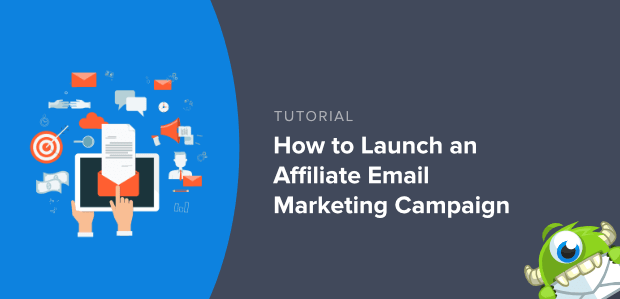


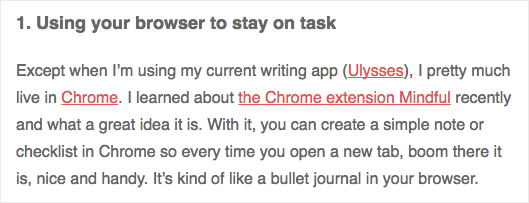
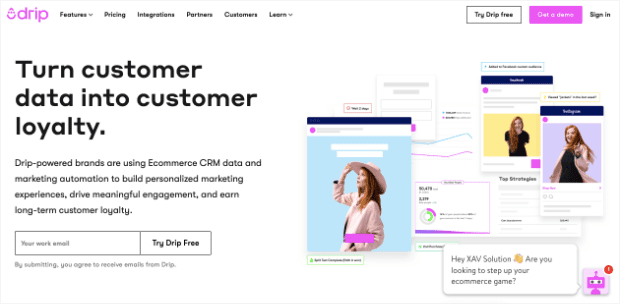
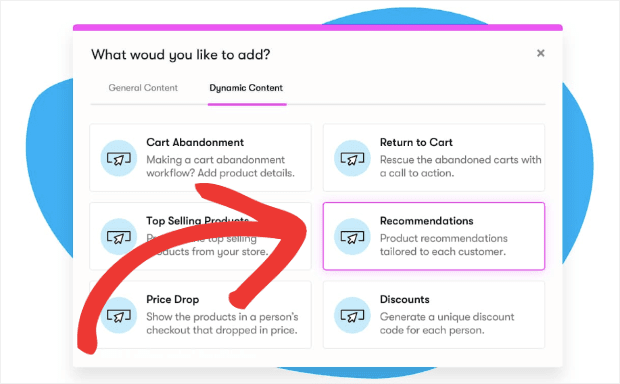
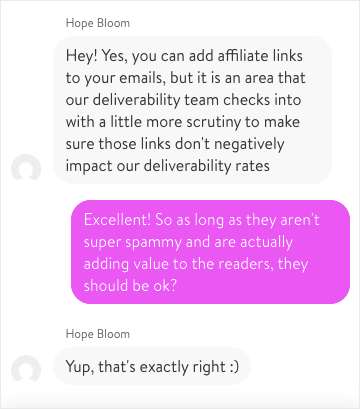
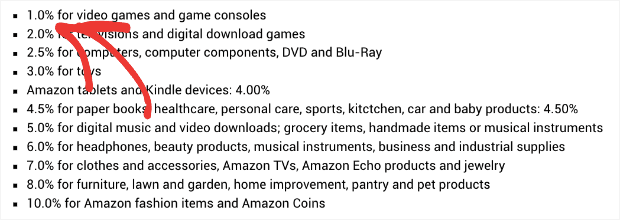
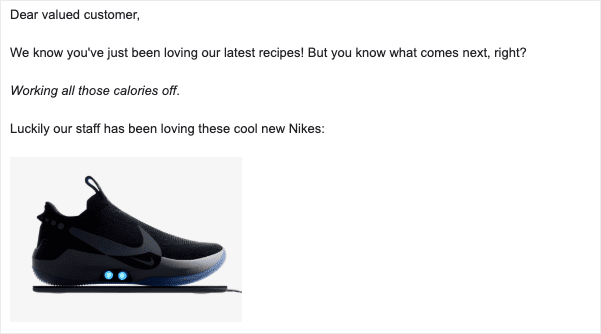

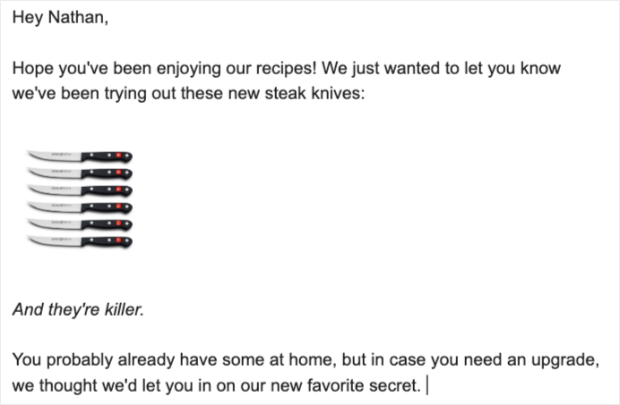
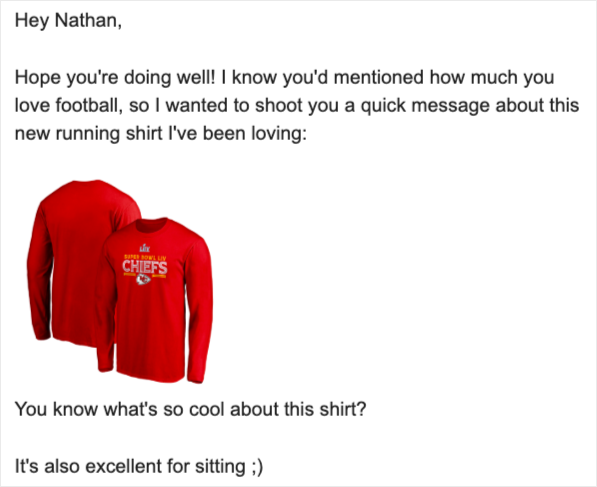
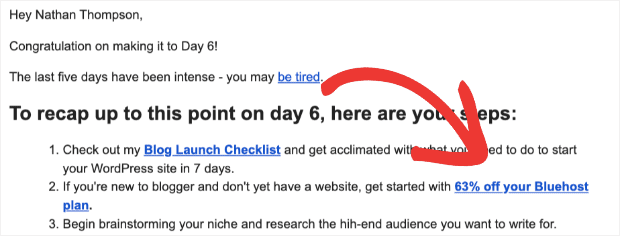
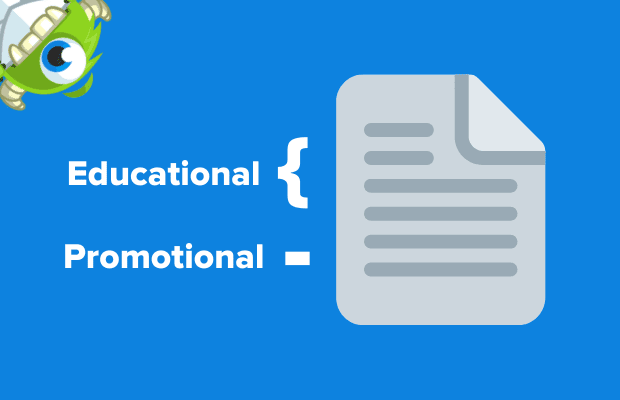
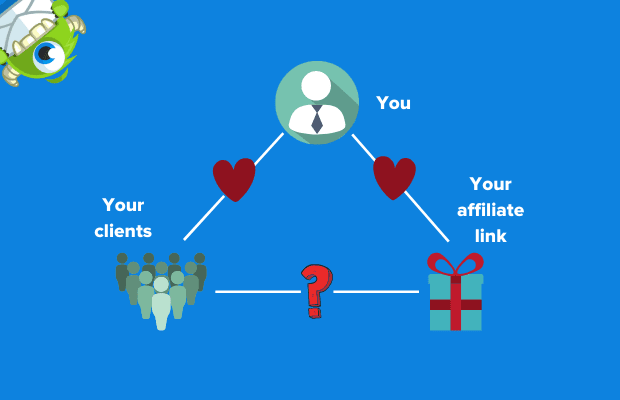

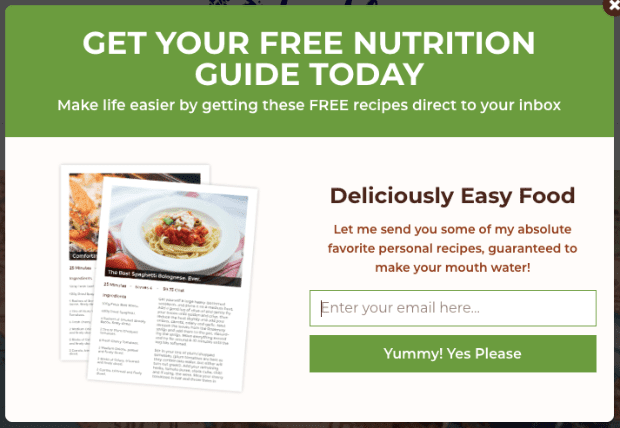
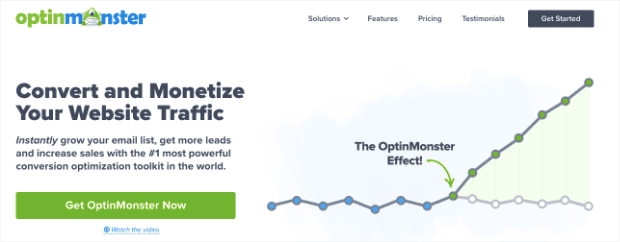








Add a Comment